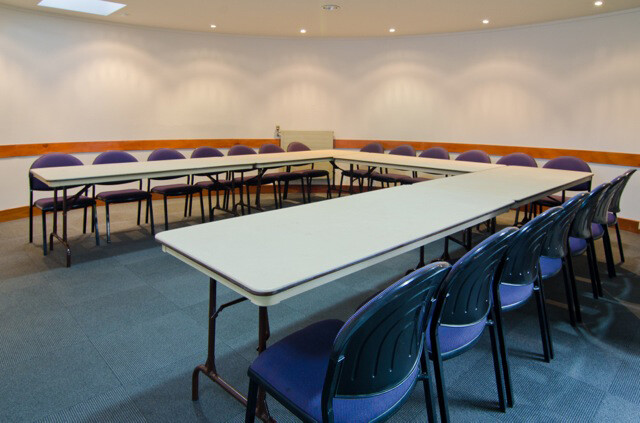I need a new project, and I have too many ideas for larps in my head and if I don’t do something about them I might just run something and then I’ll die.
So this is a way of me getting them out of my head and out somewhere they might be useful.
Many thanks to Idiot for the motivation and worked example.
Step 1: Design Specs
I have set myself the design spec of
- Space
- 3-6 hour episodes
- Minimising barriers to entry
- Something in the FitD/PbtA sort of phase-space
- Focus on inter-personal dynamics, and significant choice-points,
- Medium-density character-vs-character conflict
In the next few sections I go over these design elements
Space
Good arguments for Space
- It’s awesome
- It’s not been used much in campaign larping in NZ
- It supports low barrier for entry via
- Nerf Guns are cheap, fun and easily accessed
- Costuming for space is often seen as less intimidating than fantasy costume
- See: Han Solo
- It’s got a lot of room for “fun weird shit”
- Time - relativity, experience of time vis a vis suspended animation travel, and shenanigans
- Wormholes - endless possibilities
- Aliens
- Many other fun sci-fi tropes
- It’s got lots of room for social discourse
- Tropes are easy and fun
- I am super interested in seeing what IRL tech I can apply to game problems
Arguments against Space
- Boffer combat is weirdly out of place in space media
- This cuts out a way of playing that many people enjoy
- Not everyone digs a nailbat as much as I do
- It cuts out a genre of conflict
- Or maybe this space has swords. I dunno
- Community venues are often wood (very out of place in space) or excessively… community.
- This argument applies to nearly all larps though
- Set dressing should focus on most bang for buck anyway
- Space is big, is it ridiculous the player characters keep encountering each other?
- Spaceship fights
- Yuck. Shelving this problem for now
- Bounce the graviton particle beam off the main deflector dish
- The phase-space of problems gets weird.
- Because it’s science FICTION then whatever we say goes, but because it’s SCIENCE fiction, there should be a logic based in reality and player cleverness starts to interact with “this is how i wrote the problem so you being clever doesn’t solve it” in ways that need careful attention (unlike magic).
3-6 hour episodes
There are plenty of people who want to play games but that find a weekend away at a scout camp to be
- Just entirely unworkable given the rest of their lives
- Too expensive
- Just too unpleasant to make the game worth it
3-6 hour games can normally run in the $15-$40 bracket which makes them more accessible, easier to find venues for, lower barrier for entry.
It does leave the effort-per-episode quite high - my experience is that unless managed carefully the overhead of logistics can expand to be a significant fraction of that for a full weekend game.
6 hours is about the outer limit of what people can handle without a significant break, assuming that near-constant snacking is accessible.
Depending on the density of plot, 3 hours can leave too little time for “free roleplay”, which is something I definitely want to prioritise. (Adding to the spec list).
To be continued…
 I’m watching this with iterest. Oh yes. If there are aliens in this when it’s done, I’ll probably like to crew one.
I’m watching this with iterest. Oh yes. If there are aliens in this when it’s done, I’ll probably like to crew one. Though more mental work - when I’m tired I find aimless time to be harder work than time with clear aims.
Though more mental work - when I’m tired I find aimless time to be harder work than time with clear aims.

